How to Use Brand Positioning to Build Brand Impact in an Overcrowded Market
Mondelēz International is a globally recognized snack manufacturer responsible for over 50 brands. However, according to its fact sheet released in 2015, 13 of its ‘power brands’ in 2014 were responsible for 60 percent of revenue which suggests that those 13 high performers have stronger brand positioning than the rest of the portfolio. In fact those 13 brands alone grew twice as fast as the company overall. [1]
Those statistics indicate how core brands can be crucial to a company’s overall success. However, the brands must be well positioned to attract the desired customer response.
Here, we’ll look at how to position your brand appropriately for success — even if the market is overcrowded. If you want to make your brand highly visible, different, distinctive, memorable and loveable take a look at the Personality Profile Performer™ Programme. It’s a step-by-step process empowering you to build your brand. Brand positioning is a key part of the brand building process — as you’ll see in the case studies listed below.
What is Brand Positioning?
Brand positioning is focused on the perceptions of your audience, which means that it’s about what you do in the minds of your audience, and not what you do to the product or service itself. Brand positioning is about how you clearly differentiate your brand in the mind of your customer because this perceived favourable differentiation is what drives them to choose your brand instead of your competitors.
Typically the most well positioned brands are linked to words or phrases in the customers’ minds, so the brand’s identity is personally defined in buyers’ minds. In other words they quickly differentiate that brand (product or service) from other possible options because of how you’ve positioned your brand to them relative to other potential options. [2]
For example, if a person thinks of the Apple® iPad®, he or she may instantly connect that product with words like “sleek,” “cutting edge” and “capable.” The last one is particularly likely, since Apple® ran an ad campaign that featured the phrase, “There’s an app for that.” It helped strengthen the idea that no matter what customers needed to get done, there’d be at least one app available to help them do it better.
Companies help develop the perceptions customers have about brands, but the brand experience itself determines whether something lives up to expectations. Therefore, the Apple® iPad® would not be well positioned if people found the tablet bulky, outdated and very hard to use. Brand positioning must be original, but also believable.
Brand positioning also relates to characteristics including style and customer types. As iPads evolve and newer models get released, each one is usually more streamlined than the last. The tablets also have a distinctive look that makes them easily identifiable, even from a distant store shelf.
Typical Apple® iPad® buyers are also arguably quite tech savvy and it’s unlikely a technophobe who only wants a very basic tablet would ultimately select an iPad as his or her first choice. Apple typically appeals to a younger, hip and technologically engaged customer type.

Image via www.apple.com
Its business emphasis is to continually release products that have the “wow factor,” and the iPad® is no exception. Because Apple® has a history of innovation via previous products like the iPod® and iPhone®, it has already been able to successfully establish itself as impressive, even in relation to other top brands.
Geographic appropriateness is also a key factor in brand positioning. Swiss Miss® hot chocolate, for example might cause customers from a cold region to associate it with something they drink to warm up on cold nights. However, in a part of the world where the temperatures are much higher, the brand might be positioned in customers’ minds as a treat to drink when they want something sweet, but don’t need to warm their bodies.
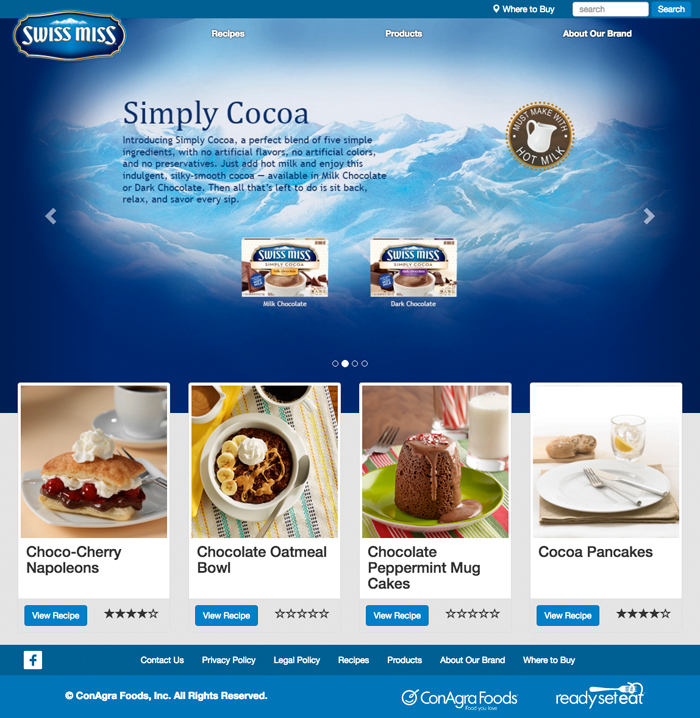
Image via www.swissmiss.com
If a brand is perceived by its target audience to have or provide something very unique, it will have much stronger positioning in a competitive marketplace. Analysts are hailing the Chevrolet Bolt as the first mainstream electric car that has earned critical praise. [3]
Although the Nissan LEAF was offered to customers five years ago, that electric car was reportedly considered a failure because it was perceived to be less reliable, aesthetically less appealing and seemingly unable to win admiration of auto reviewers.
In contrast, the Chevy Bolt is already achieving good brand positioning because not only is it getting good marks from auto publications and reviewers, but its also offered at a significantly lower price than Nissan’s electric car, making it much more accessible to everyday consumers.
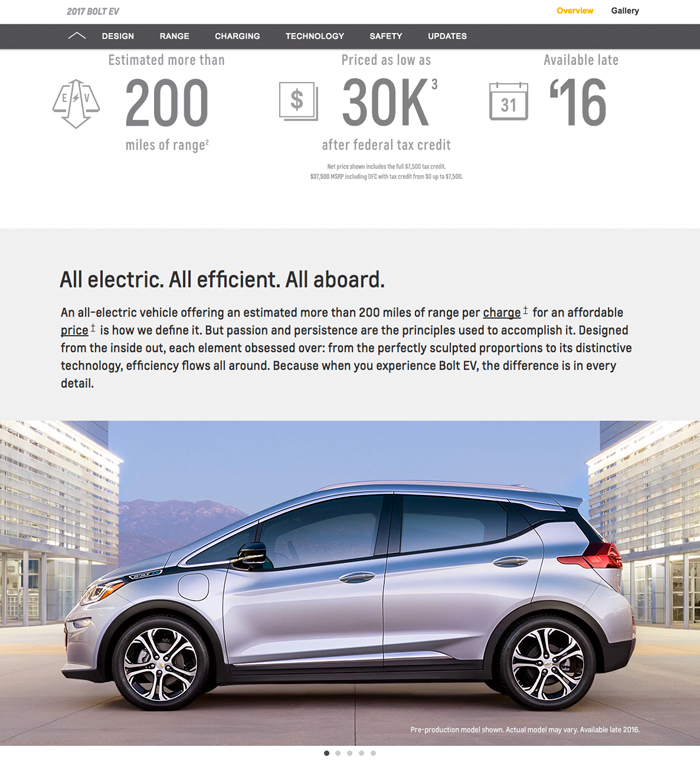
Image via www.chevrolet.com
Questions to Ask When Creating Your Brand Position or Writing a Positioning Statement
There are numerous questions that brand owners, managers and marketers should consider when building a brand position or researching the marketplace.
They include:
- What can the brand deliver better than competitors
- What value does the brand give to customers?
- What are the brand’s most believable characteristics?
- What desirable things should the brand be known for?
- Do we have the necessary resources to maintain the brand’s position once established?
- What are the key emotional factors that will resonate most with customers?
- Is the brand and its market focused enough?
The answers to the questions posed above will help focus your thinking when writing your brand positioning statement. That’s a one to three-sentence piece that explains to customers what makes your brand different from competitors, and the specific perceived value it provides. [4]
4 Key Characteristics That Will Help Your Brand Stand Out From Your Competitors
A weak brand position will be largely useless if the market is so saturated people don’t notice it. In order to strengthen your brand positioning consider some of the factors listed below to enhance your differentiation. [5]
A Positive Impact
Customers gravitate towards brands that clearly have a positive impact on the world, on specific communities, or society at large. Clearly define the impact your brand has, or aspires to have, and ensure your company values reflect this positive impact in everything it does. Positive impact builds authenticity and trust, which resonates with your target audience and consequently builds stronger brand recognition, visibility, referrals and repeat purchase.
An Admirable Sense of Ambition
Don’t shy away from thinking big when considering your brand’s ideals, values, mission, promise and purpose. Maybe you’re not currently equipped to provide everything you’d like to for customers, but perhaps co-branding or a partnership with another brand could solve the problem or accelerate your ambitions.
An Excellent Customer Experience
When customer service gets sacrificed, it often doesn’t matter how amazing a product is. Always work hard to attend to needs and exceed expectations in every way possible.
The Ability to Fill a Void
Strong brands gain momentum by successfully fulfilling unmet needs. If other brands are already similarly positioned, explore other angles to create a greater perceived difference and stronger visibility to ensure your ideal customer notices of your brand’s special offerings.
Now, let’s look at three case studies of brands that have worked hard to earn their well-defined positions in the marketplace.
Beats Electronics
This audio accessory brand’s positioning allows it to compete well against Bose, a respected market leader, especially with younger consumers. Even though Bose is very well known for its technical prowess, Beats Electronics offers headphones and similar accessories that give bass-heavy sound, and look appealing too.
Many of the brand’s marketing materials are not only visually stunning, but they feature celebrities proudly wearing the audio gear.
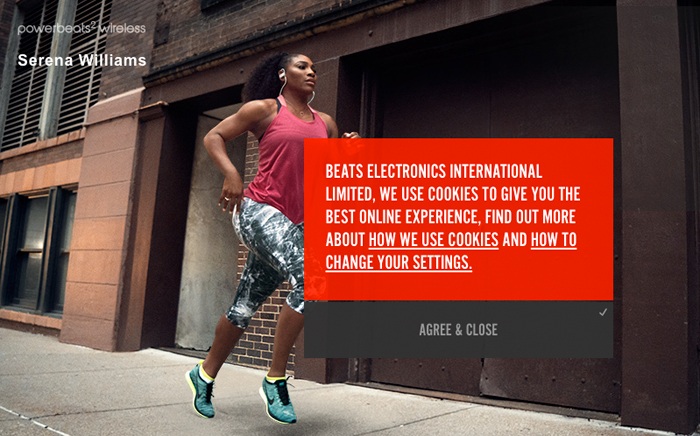
Image via www.beatsbydre.com
As a result, the brand is positioned as a cool, capable choice for people who love music and want to showcase that devotion through stylish accessories. [6] Beats Electronics is doing so well, it’s aiming to expand into other geographic markets. [7]
NoBull Burgers
This brand has successfully carved out a niche in the veggie burger market in its native Charlottesville, Virginia, plus many other states, along with Washington DC.
The burgers are organic and offer two flavour varieties. In addition to purchasing them in shops, people can also buy them through Relay Foods, a delivery service. The brand’s position focuses on the company being locally connected, and thereby more able than some competitors to determine what customers want. [8] Furthermore, the wholesome ingredients appeal to people who want healthy and tasty food.
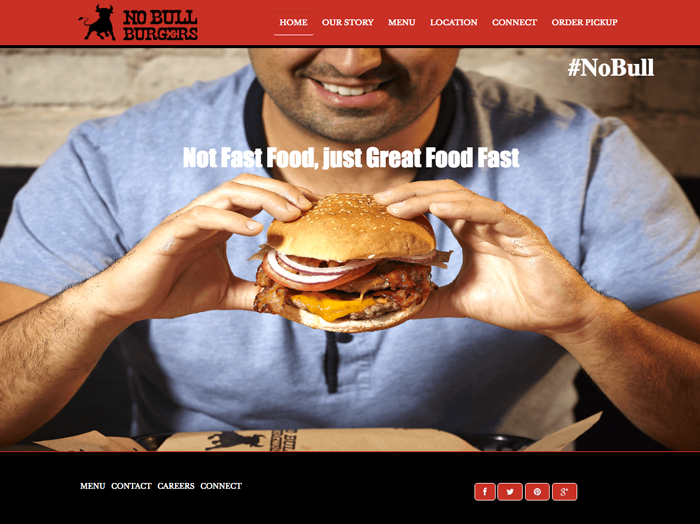
Image via www.nobullburgers.ca
JetBlue Airlines
This budget-friendly airline has succeeded because it takes the position that low-cost fares and high-quality air travel can go hand in hand. [9] For example, travelers sit in leather seats and enjoy ample legroom. They also get unlimited snacks and even get the opportunity to use the Internet for free as they fly. Fantastic customer service is another thing the brand’s known for, and JetBlue has proven people don’t have to endure poor treatment for low-priced airfare.
If your brand is well positioned like the examples mentioned, it will achieve the attention it needs to thrive. Even more importantly, brands that have excellent positions stay etched in customers’ minds even as other options crop up and endeavour to capture a chunk of your market share.
Do you need to enhance your brand positioning? Take a look at the Personality Profile Performer™ Programme. It’s a step-by-step process empowering you to build your brand and it’s positioning.
Key Takeaways:
- Brand positioning gives customers reasons to buy one product or service over another
- Brand positioning can be affected by aspects like style and tone-of-voice, brand personality, uniqueness, customer types and company reputation
- A brand positioning statement succinctly tells customers what your brand can do that others can’t, and why it’s valuable and believable
- The quality of a customer experience, the positive impact of a brand and its ability to meet needs must help differentiate it
Questions to Consider:
- What are a few things you believe customers think of when envisioning your brand?
- How might you work to make customers have more favorable brand associations that result in better positioning?
- Can you name at least a few ways your company excels compared to competitors?
- Have you considered how to help your brand maintain a good position over a long-term basis?
- How might you make your brand’s position more believable?
You may also like:
• How Brand Purpose = Purchase = Increased Profitability
• Rebranding Strategy: Why Your Rebrand Must Embrace Storytelling
• Brand Profiling: How to Use Emotion to Make Your Brand More Profitable
• Creating New Brands: Top 10 Tips for Brand Success
• Brand CSR: The Business Case for Successful Branding and Social Good
• Brand Audits: 10 Things Successful Brand Owners and Managers Must Know
• Brand Personality: Is Your Brand’s Character Big Enough to Compete?
[1] http://www.mondelezinternational.com/ “Unleashing a Global Snacking Powerhouse” 2016.
[2] Susan Gunelius, https://aytm.com/, “What is Brand Positioning”
[3] Brad Berman, http://wwwplugincars.com, “200-Mile Chevy Bolt is Praised as First Mainstream Electric Car” January 2016.
[4] Lisa Nielsen, smallbusiness.chron.com/, “What is a Brand Positioning Statement?”
[5] Maryam Banikarim and Karl Heiselman, http://www.fastcompany.com, “Ask the Experts: How Do I Brand my Business to Stand Out from the Competition?” February 2014.
[6] Paul Maccabee, info.macabee.com, “7 Lessons from a Brand Battle: Bose vs. Beats By Dre Headphones,” November 2014.
[7] Roger Fingas, appleinsider.com, “Beats President Luke Wood Now ‘100%’ Focused on Electronics Division Targeting Global Expansion,” September 2015.
[8] http://www.nobullburger.com/our_story
[9] Tejeshwari Chandrappa, finance.yahoo.com, “Must-Know: JetBlue’s Competitive Airline Positioning”

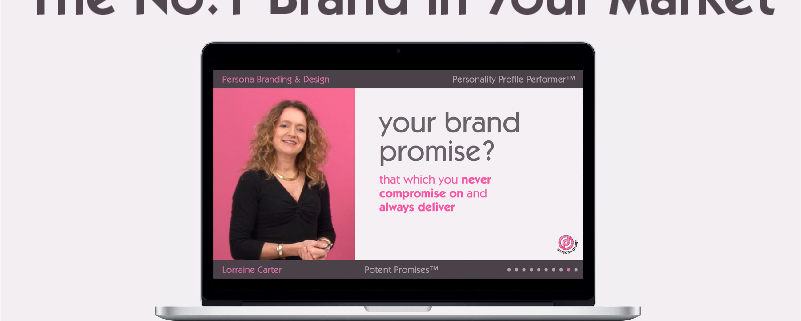

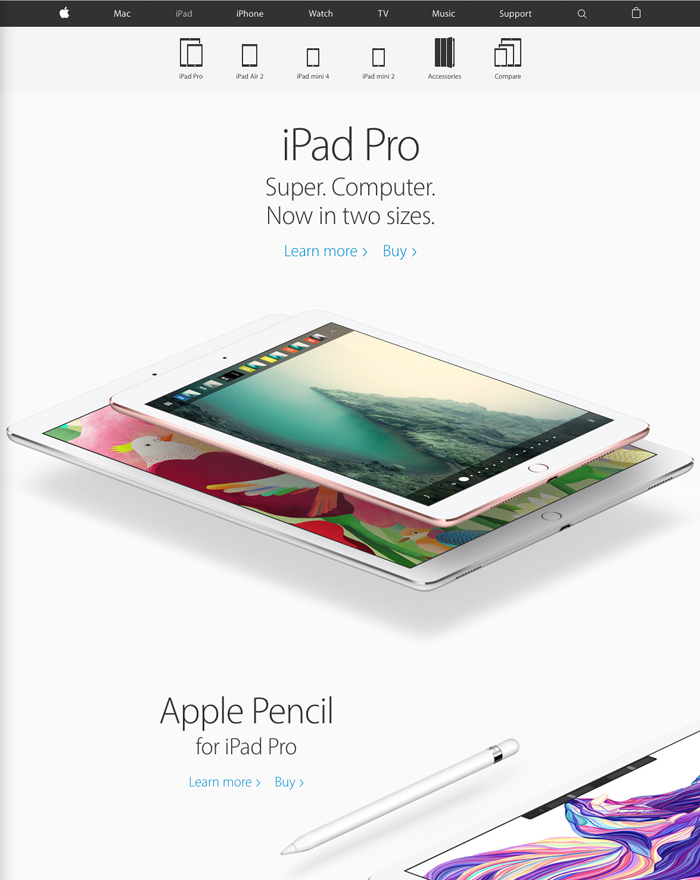





Leave a Reply
Want to join the discussion?Feel free to contribute!